Unpicking Dior vs Chanel
Making Nazis look pretty so they can have nice parties is not an admirable act.
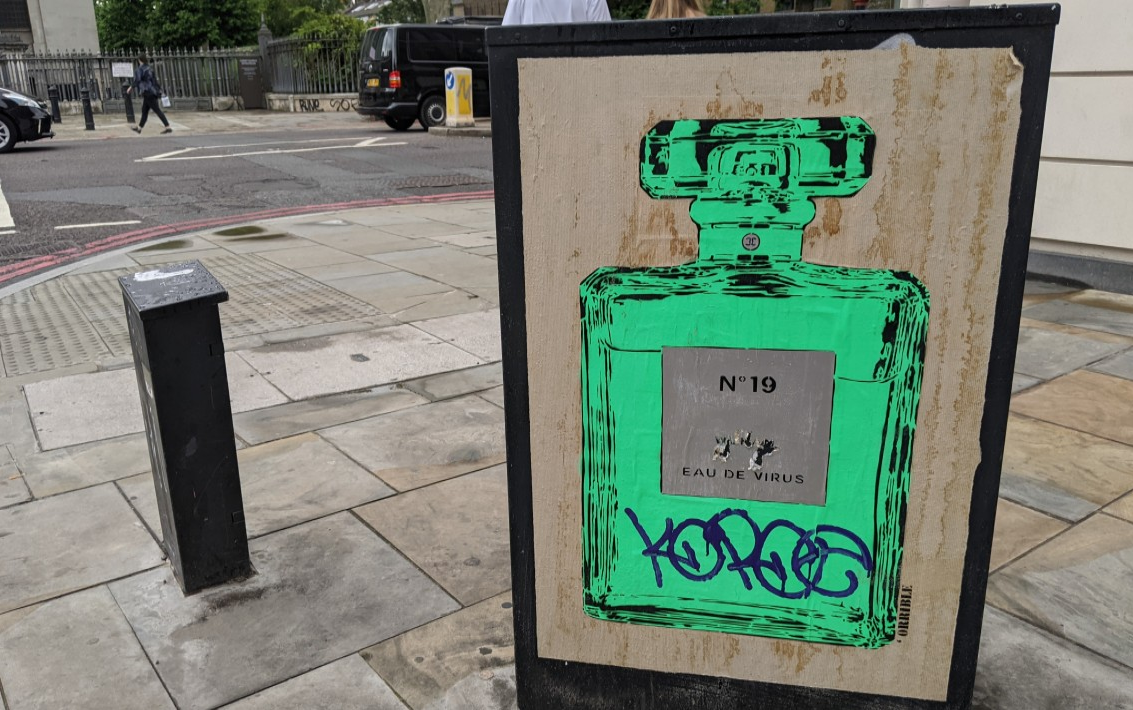
Hello to you!
In February I launched Patched, the members-only problem page where I answer letters with an anti-capitalist response. As a result I'm writing to more people here than ever before - thank you and welcome to everyone who signed up recently. The next Patched will arrive in two weeks, replying to a letter about insults, fashion prisons and skinny jeans.
Now though, I want to get into something that has been taking up space in my brain ever since I heard this TV series was launching. As ever, I am grateful to you for reading, please forward this newsletter to anyone you think might be interested.
The New Look?
A new TV series has raised the spectre of the relationship between Paris luxury fashion and Nazism during World War Two, but will partial truths ever change anything?
The New Look drama series ‘follows fashion designers Christian Dior and Coco Chanel as they navigate the horrors of World War II and launch modern fashion.’ I'm telling you up front that I have not watched the series, I considered it until I read in Variety that the show gives 'an awfully generous interpretation of actively abetting a genocidal regime,' and heard that all the Attempted French Accents trivialise the subject matter. So I am writing, not about the TV series, but about truths from that time that must not be forgotten.
Christian Dior
The brand Christian Dior is one of the most valuable commodities in the world. It is the jewel in the LVMH crown and a foundation stone for French businessman Bernard Arnault’s fortune of $230.1 billion. Dior's value can be traced back to 1947 when Christian Dior launched his New Look collection and pushed his ultra-conservative view of feminity onto the world.
Christian Dior said of the New Look: ‘I drew women-flowers, soft shoulders, flowering busts, fine waists like liana and wide skirts like corolla.’(1) It is a reactionary vision that makes more sense when you know that Dior spent the war in Paris making clothes for the wives of Nazi officers and soaking up ideas about Kinder, Küche, Kirche (children, kitchen, church) being the rightful place for women.
Such fraternising, however, is part of being a luxury fashion designer. If you pursue life as a provider of wildly expensive clothes then you will spend your time pandering to wealthy elites and their tastes. By 1939, the majority of Europe’s wealthy elite had become enamoured with fascism and so that was the air that Dior breathed. This has not changed today - beneath the celebrity veneer, the primary customers of luxury fashion brands are still oligarchs, dictators, war-criminals, CEOs and climate arsonists.
Making Nazis look pretty so they can have nice parties is not an admirable act. Nor should it be forgotten that due to the brutality of the Nazi occupation of France, Dior benefited from the fact that Jewish dressmakers who had made up much of the fashion scene in Paris – had fled, been arrested or murdered. These people, along with the Holocaust itself do not, I understand, feature in this series.
Power
After the war, did Dior and the fashion industry ‘return spirit and life to the world’? The New Look should be considered a fashion moment as cynical and ideologically motivated as there has ever been. Whilst it is true that after years of war there was human longing for peace and beauty, the New Look did not spring forth naturally.
Instead, Dior and the New Look were funded by France’s richest and most influential industrialist, Marcel Boussac. Known as the ‘King of Cotton’, Boussac backed Dior with an unprecedented 60 million French francs. It is no coincidence that to make the skirts of the New Look required 16 yards of fabric.
For Paris to reclaim its power and influence on the world stage, a well-oiled propaganda machine pushed these clothes out to magazines and early influencers. This was clothing designed to reinforce class lines, to stamp out the egalitarian nature of wartime clothing and send the message that women were no longer welcome in the world of work. Dior's designs set about turning medics, journalists, spies, factory workers, translators and truck drivers into ‘women-flowers.’ Replacing choice and freedom of movement with a singular expensive version of feminity which pushed heels, tiny handbags, expensive hats and corsets. Little wonder that in the shattered aftermath of the war, there were protests against these ideas: ‘40,000 francs for a dress, and our children have no milk’, was one shout that went up when Dior’s creations made their debut in French shops.(2)
Nemesis
The New Look series gives Christian Dior a nemesis – Gabrielle ‘Coco’ Chanel – a woman who, quite frankly, should have died in the dustbin of far right history and never resurfaced.
Chanel was a Nazi. She wanted Hitler to win World War Two and worked to make this happen. She despised Jewish people and immediately tried to use Nazi laws to wrest her co-founded perfume business away from her Jewish partners, she was a homophobe, and a social climbing snob. Her long term lover was a high ranking Nazi spy with whom she lived first in Paris and then fled with to Switzerland.
Chanel's politics arguably extend into her work. When you acknowledge Chanel's beliefs of violent discrimination and othering and forgo the propaganda about her ‘love of liberty’, her designs begin to look different. They do not look progressive, they look like they come from an ideology that deifies a particular type of white European minimalism, that believes that single forms of dress – black uniforms perhaps – are superior to cultures that embrace patterns, flamboyance, volume and the shape of the human body.
It has been one of fashion's greatest sleights of hand that Chanel was, and still is, transformed from fascist collaboratrice to somehow ‘progressive’. Every quote imaginable has since been attributed to this woman, but here is Karl Lagerfeld with his hot take on Chanel and feminism: ‘She was never ugly enough for that.’
A better option
Luckily life is not a TV show and one does not have to be steered into picking a side between Dior vs. Chanel. There was a class-conscious alternative to the pair of them – the system of Utility Clothing.
In the UK, Utility clothing was established because of war time rationing and ran from 1941-1952. It was a state run clothing system which involved the judicious use of cloth, affordability and excellent tailoring. It was stylish, and Vogue approved. This was fashion ‘derived from the proletariat not from the privileged,’(3) an egalitarian clothing system that stood as an alternative to profit driven wasteful excess. Utility was a successful working model for sustainable fashion and the ruling class deliberately destroyed it.
After the war, British retailers and manufactures lobbied for the abolition of the Utility scheme, while trade unions campaigned for its retention. As I wrote in The Anti-Capitalist Book Of Fashion: ‘Utility versus the New Look represented a political crossroads: For whose benefit should society be run?’ The capitalist class won and the feted 'modern fashion industry' is a travesty of pollution and human rights abuses.
It matters
There is another major reason why it matters what stories we tell about this time. From the treatment of models and editorial staff, to the tens of millions of people working in garment factories, fashion is an industry that runs on racism. We won’t change this until we confront the fact that so many fashion icons allied themselves with white supremacist movements.
To ignore, or half portray, the fact that so many people we are taught to admire bolstered fascism is a betrayal of those who died and who continue to be discriminated against and exploited today. Accepting that the fashion industry has a racist past and continues to perpetuate racism today is vital for not just repeating the same injustices over and over again.
The very scaffolding of fashion must be taken down and rebuilt free of these shameful legacies and systems. These are not the icons we deserve. Half truths and stories that centre the ‘emotional struggles’ of fascists do nothing to move us forward.
(1) Steele, Paris Fashion; (2) Sladen, The Conscription of Fashion; (3) Black & Garland, A History of Fashion.
Notes From The Profit Margins
These are some of the things I am keeping my eye on in the industry right now.
- Huge strikes are happening in Egypt's largest state run textile factory, calling for better wages and conditions and an increase in worker's daily food allowance which is currently 90 US cents.
- Please consider donating to the International Federation of Journalists - IFJ Safety Fund to support journalists in Gaza and provide them with food, warm clothes, power banks and work equipment.
- On the evening of the 24th April the Rana Plaza Solidarity Collective will once again gather in London to visit the brands that are responsible for continuing worker harm and trade union repression in Bangladesh. Labour Behind the Label are inviting people to join the organising call on 19 March from 7 pm UK time. Register here.
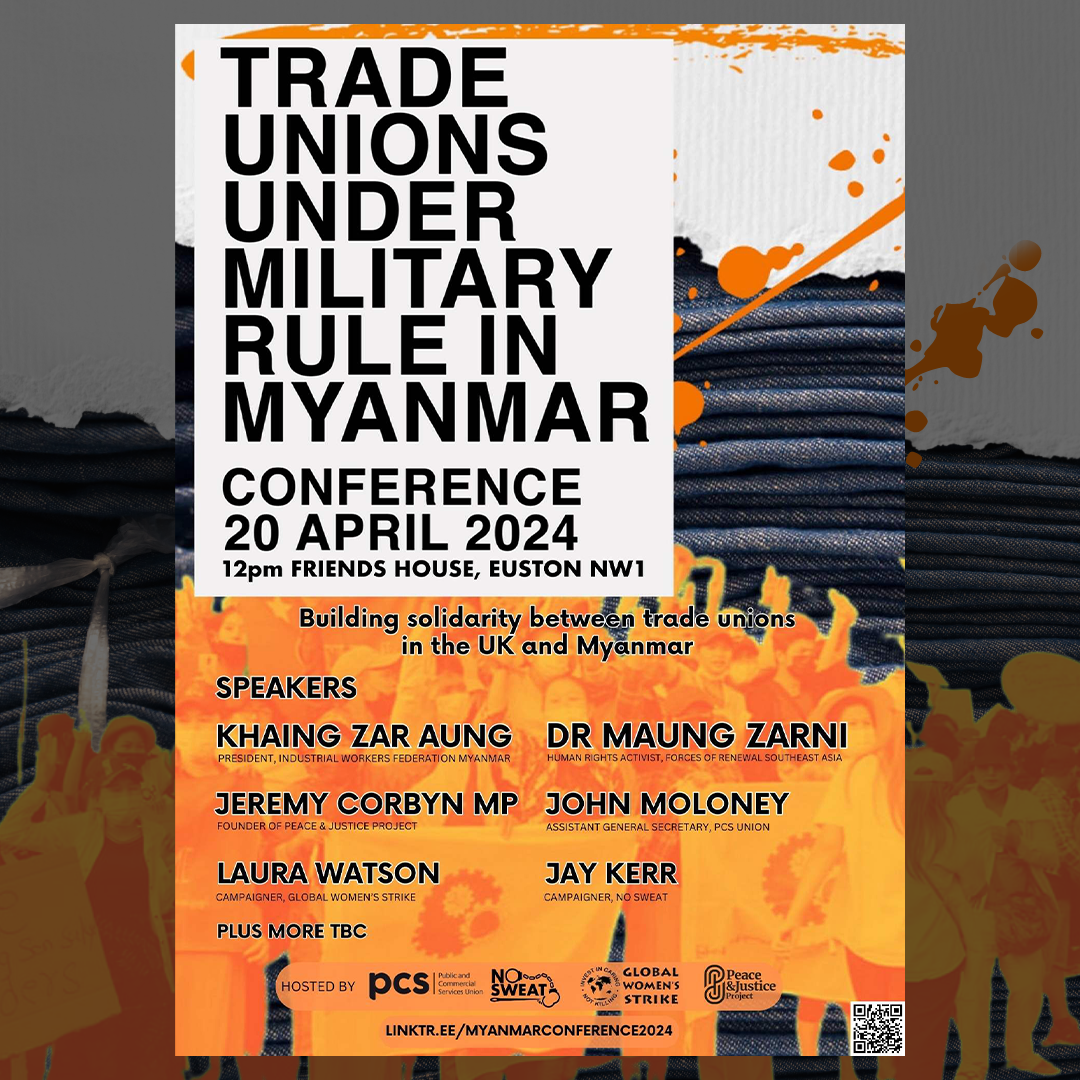
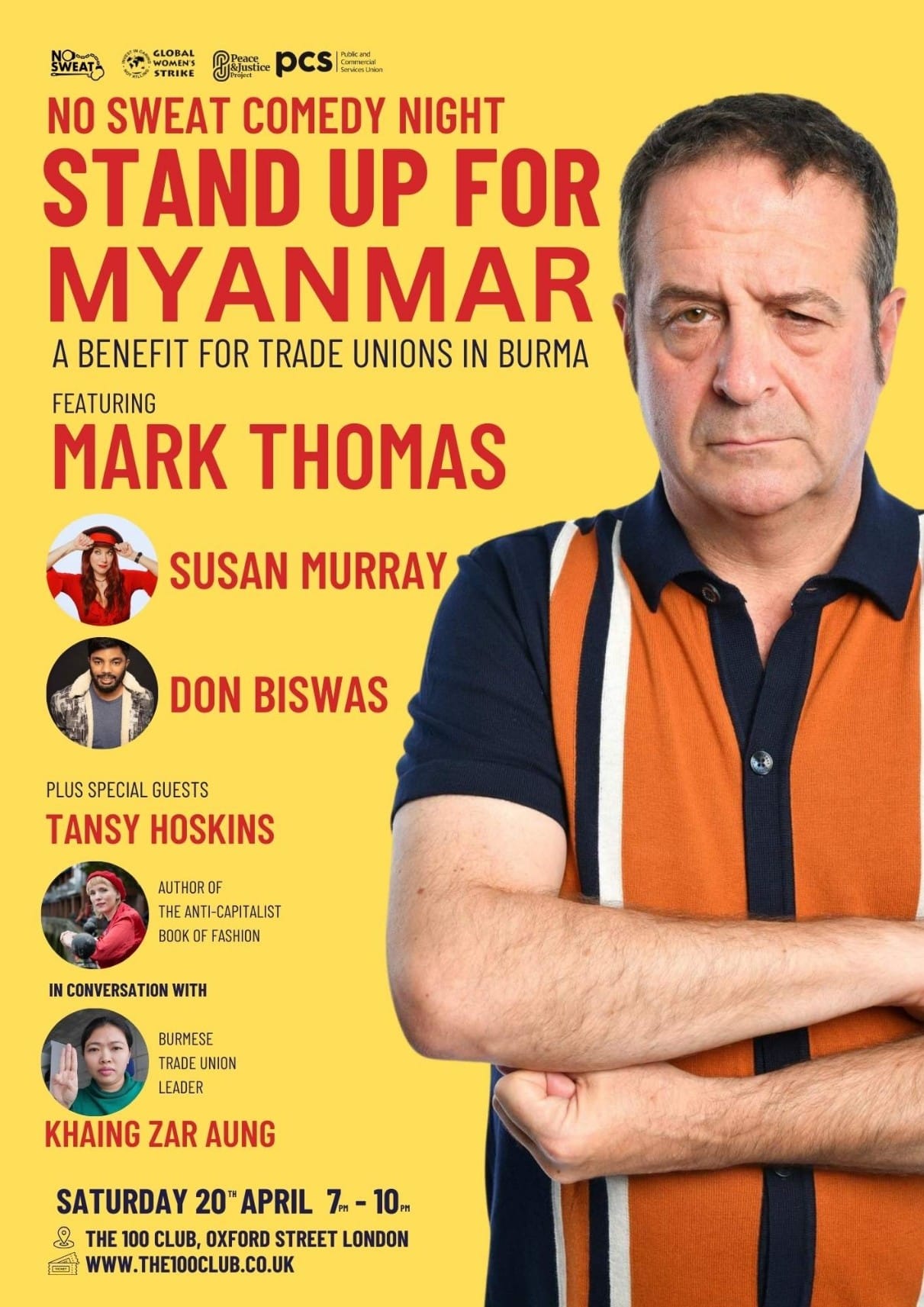
Two important events on Myanmar on 20th April. I'm interviewing Khaing Zar Aung at The 100 Club: https://linktr.ee/myanmarconference2024
- Garment workers at the Sumithra Hasalaka factory in Colombo, Sri Lanka, have been out on strike since Saturday 10th February 2024! The factory makes clothes for Superdry, ASDA and Dillards. They need your support - click here.

- This article (which was written apparently without irony) on sustainability being diamonds, Tahitian pearls and 150 hours of reworked dress
- This article on the art of clog making and why we should cherish it
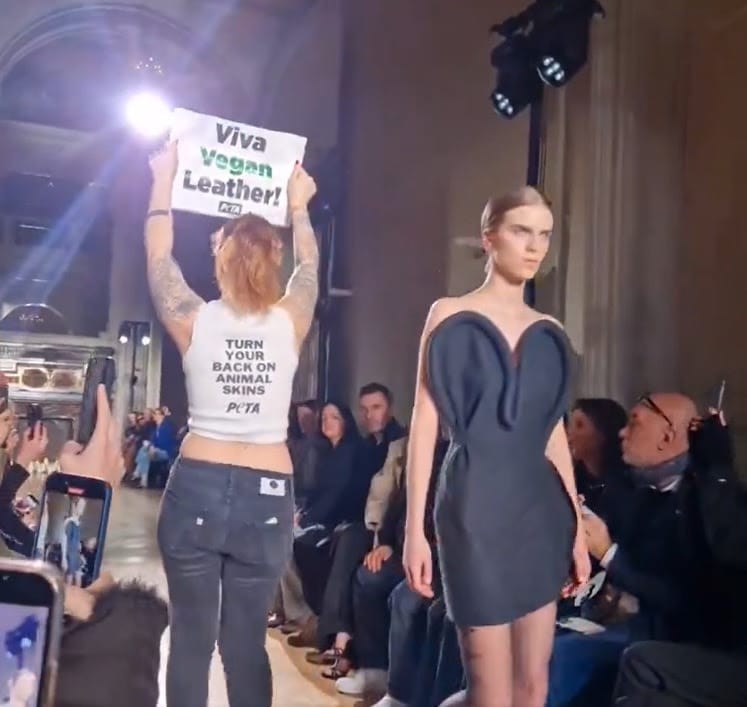
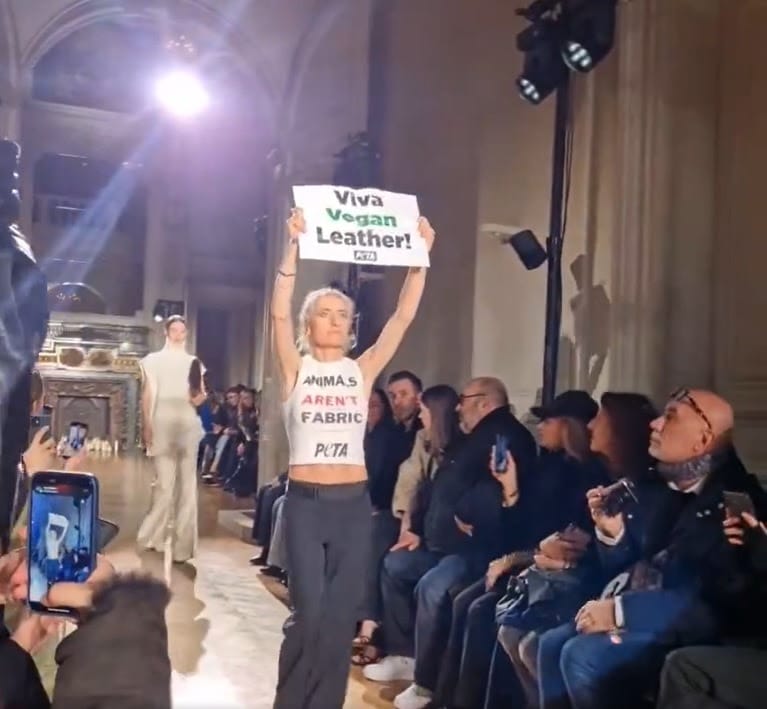
Peta disrupts Victoria Beckham's Paris show
My news
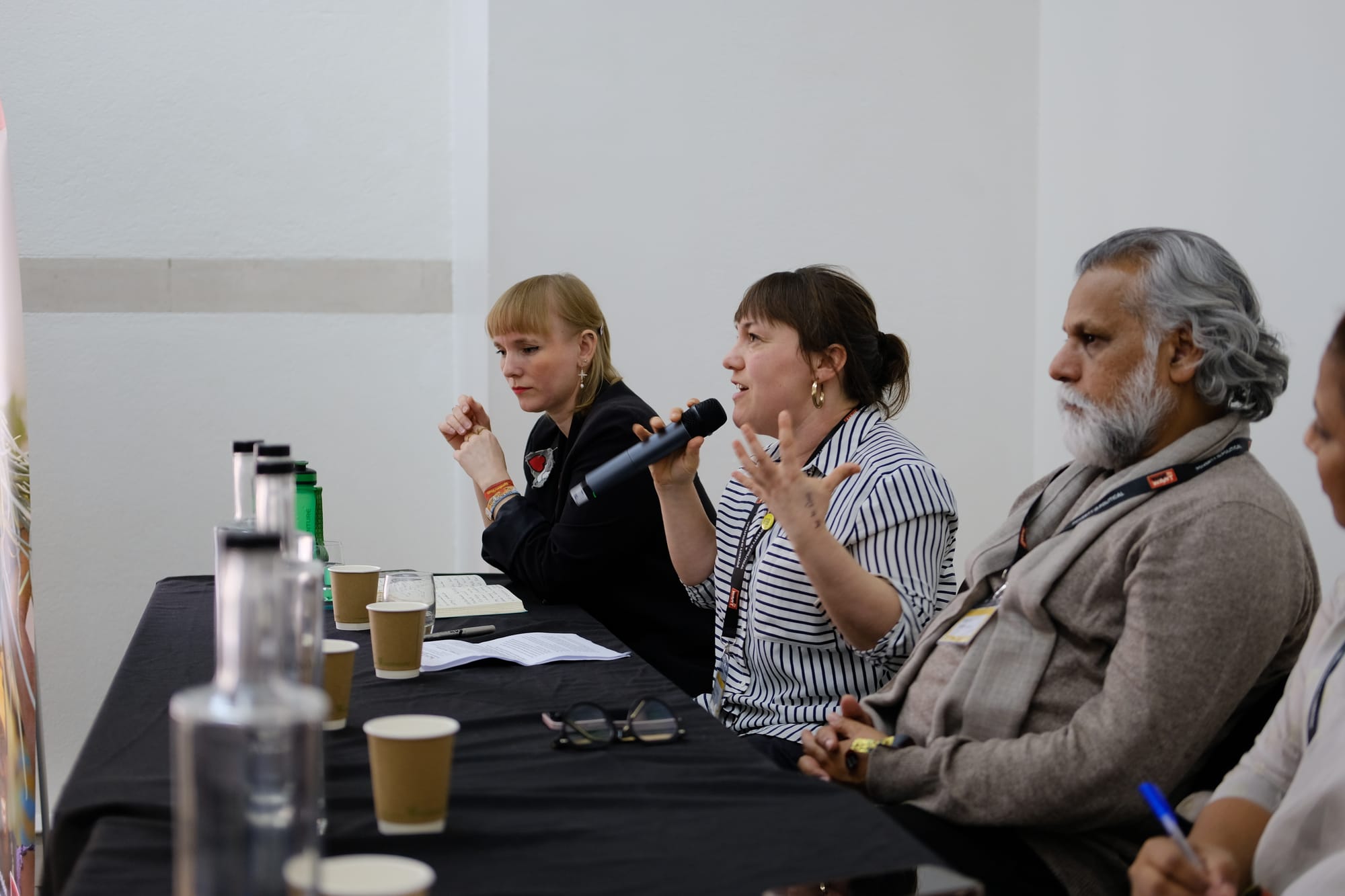
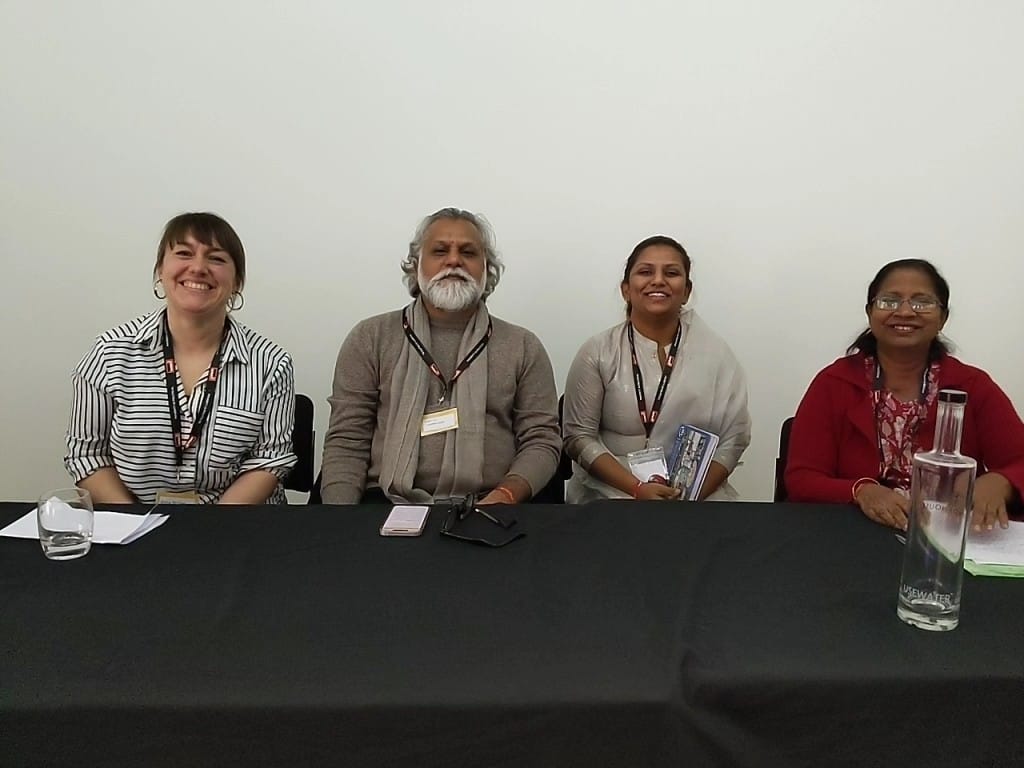
First photo - Cory Marsh
The War on Want #AndStillWeRise conference was fantastic - I did a panel on climate justice, workers rights, colonialism and the fight for a living wage with Anna Bryer from Labour Behind The Label, Khalid Mahmood from the Labour Education Foundation in Pakistan, and Padmini Weerasooriya and Gayani Gomes from the Women's Centre in Sri Lanka.
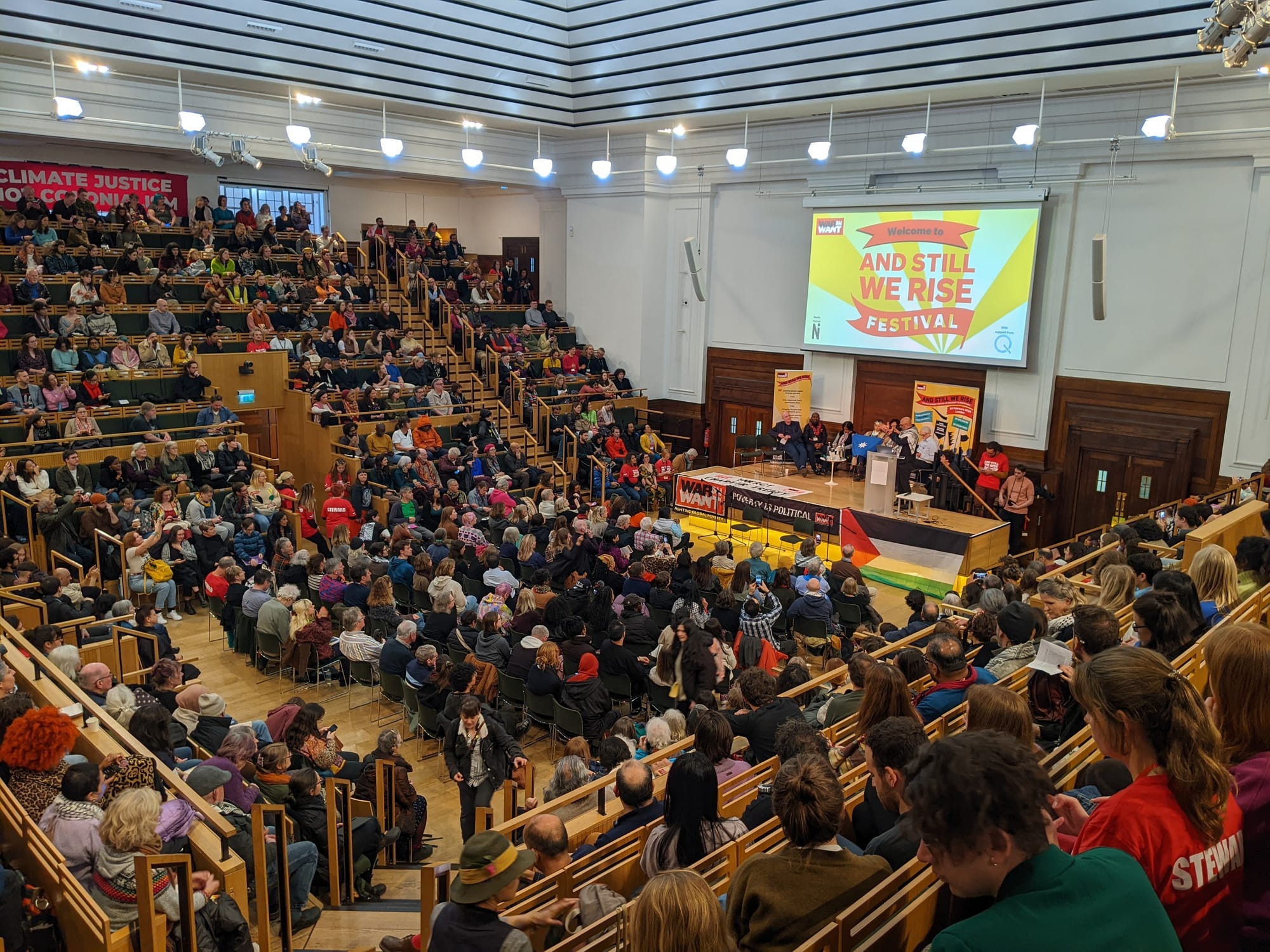
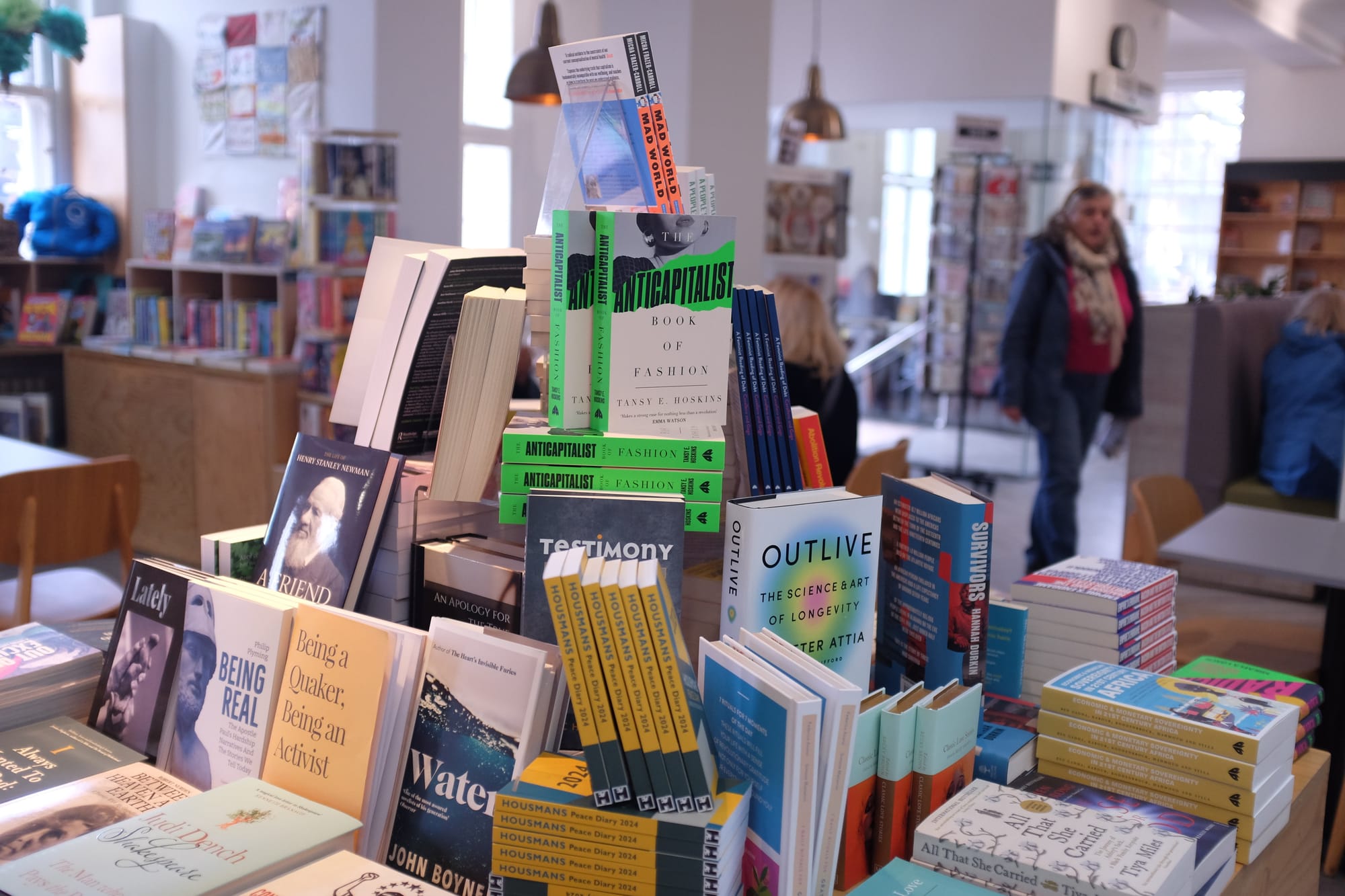
Last year I published a report with War on Want called Fashioning The Future on degrowth and a just transition for garment workers. I got to meet fashion photography students from UAL who have taken some of the ideas in the report and turned them into subvertising campaigns:
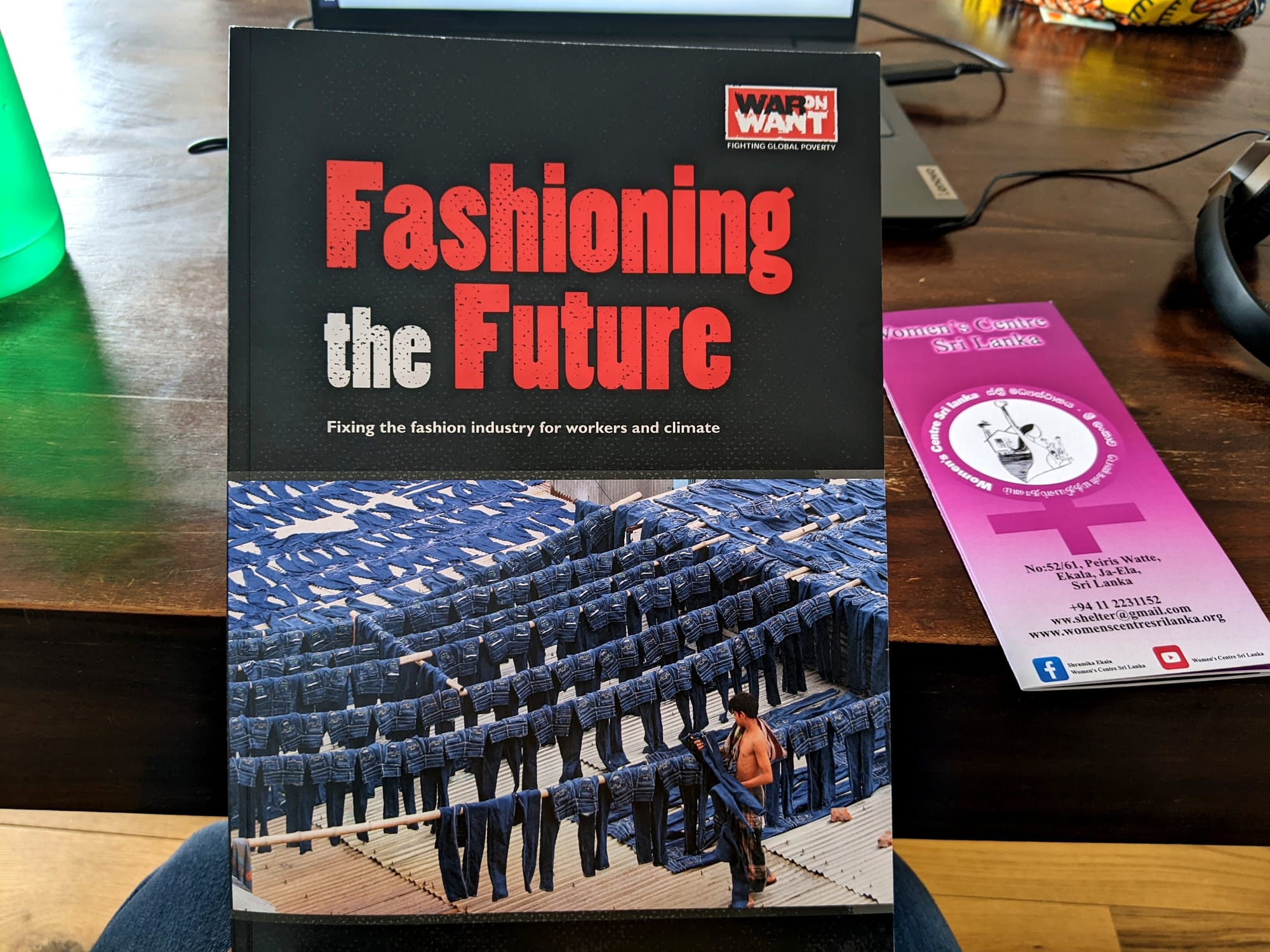
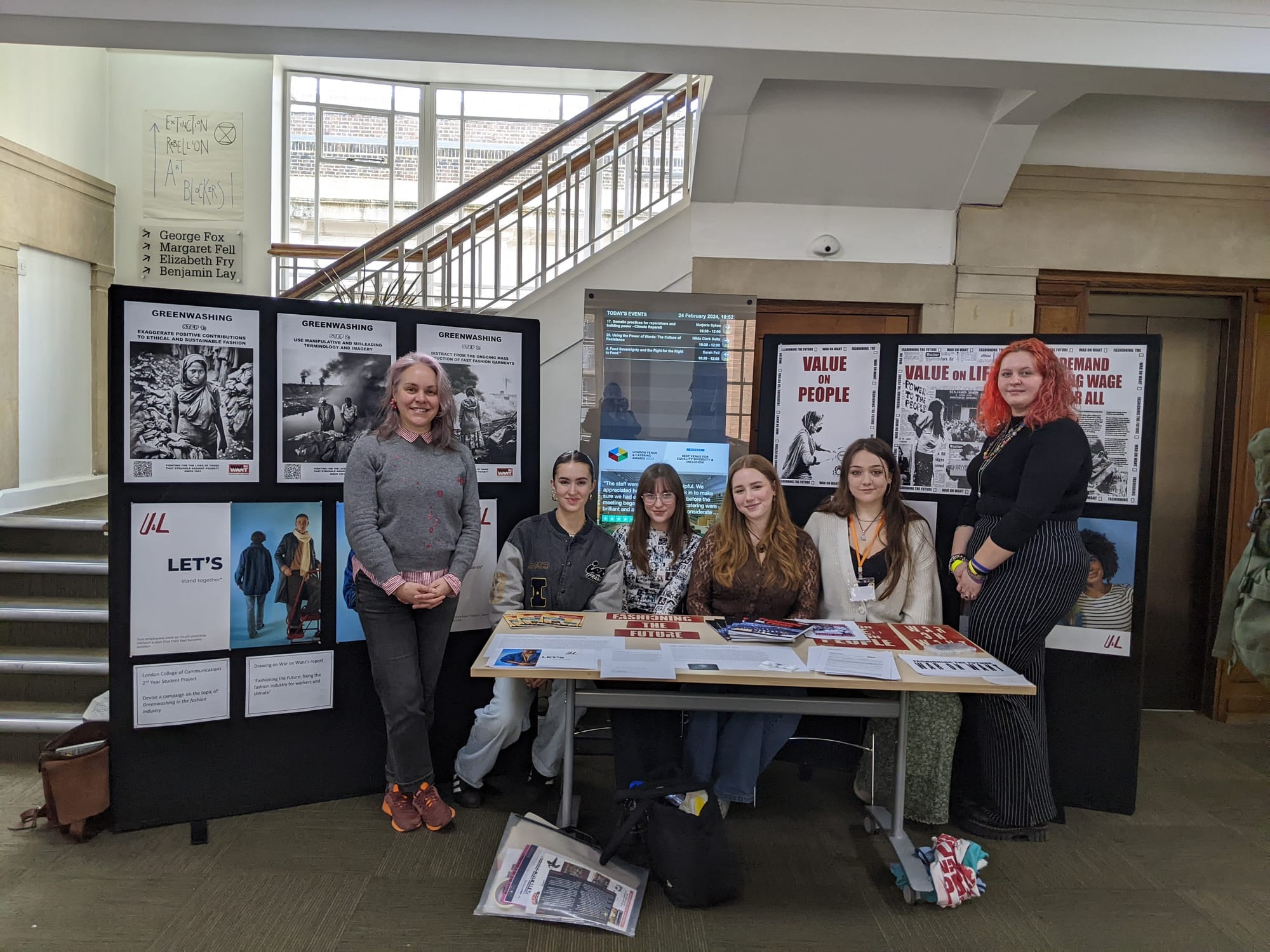
And finally...I appeared on the Sunny VK Show podcast to discuss how to understand capitalism through fashion:

Thank you so much for reading. Please share this with anyone you think would be interested. See you in two weeks for Patched.
With solidarity for the month ahead, Tansy.
